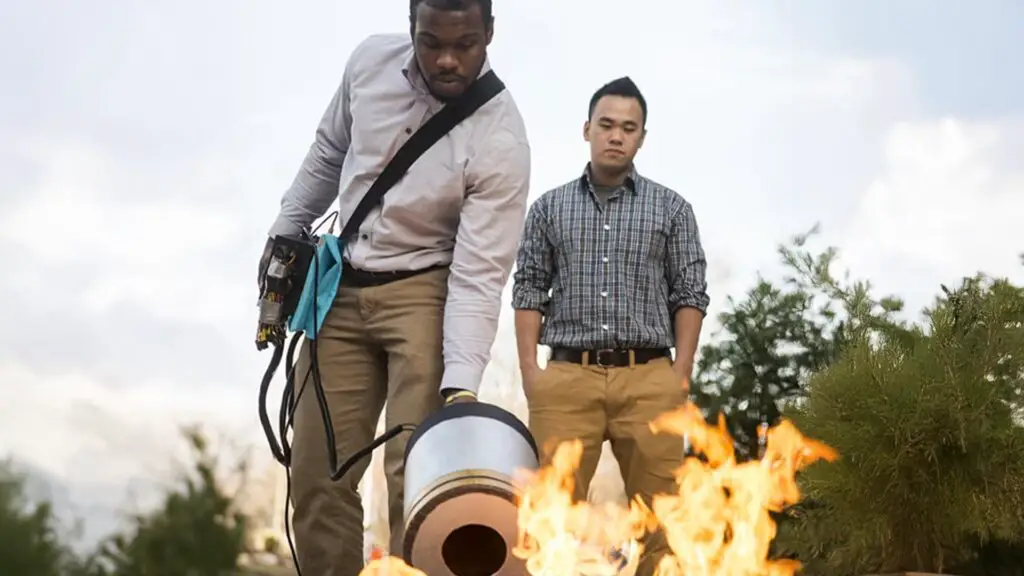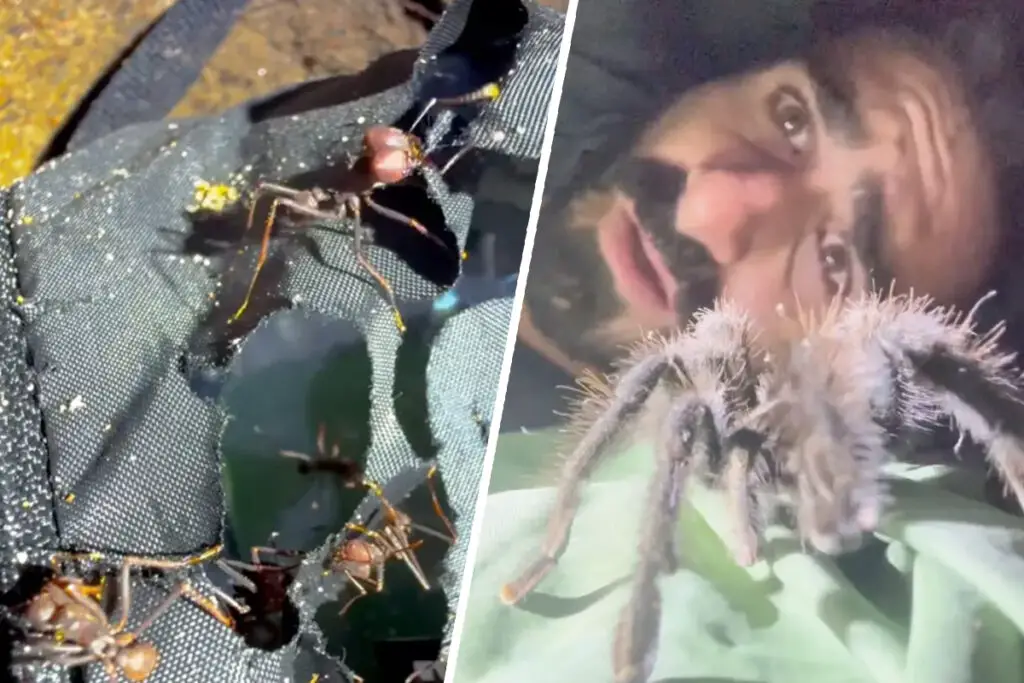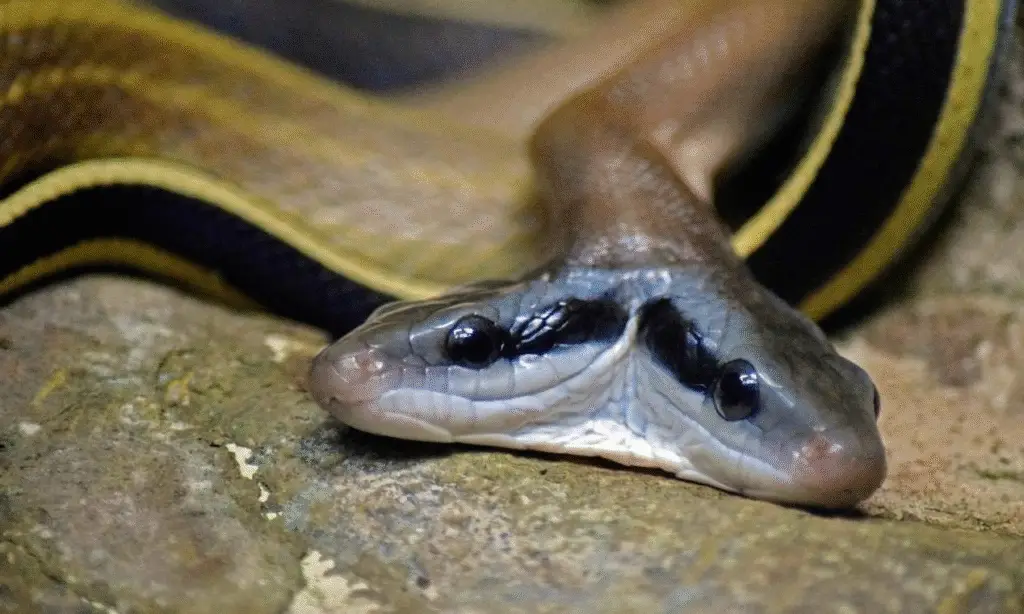Man Claims World’s Oldest Inflated Balloon from 1992 Birth Still Fully Pumped After 33 Years

- Ryan Harrison rediscovered a foil balloon from his July 1992 birth, still inflated in 2025.
- The mylar design by Forever Friends features a bear and “It’s a Boy” message, outlasting typical helium balloon expectations.
- Experts attribute such longevity to advanced foil materials that slow gas diffusion over decades.
Oxford, England — Imagine clearing out old boxes in your family home and stumbling upon a relic from your very first day on Earth.
For Ryan Harrison, now 33, that moment came when he unearthed a shiny foil balloon that has defied time, remaining inflated for over three decades.
The object, a sentimental gift from his grandmother at his birth, has sparked widespread interest among collectors and scientists alike for its remarkable endurance.
The story begins on July 11, 1992, at Oxford’s Radcliffe Hospital, where Harrison entered the world.
His grandmother, Josephine, now 86, arrived with a special token to celebrate: a vibrant mylar balloon adorned with a cuddly bear illustration and the cheerful inscription “It’s a Boy!” Produced by the popular greeting card brand Forever Friends, which Hallmark launched in 1987 to capture hearts with its whimsical teddy bear motifs, the balloon was meant as a fleeting joy for the newborn’s arrival.

Yet, unlike most party decorations that sag within days, this one has held its shape through years of quiet storage.
Harrison, who operates a successful car detailing business in the area, recalled the rediscovery during a routine house clear-out with his parents.
The balloon had been tucked away among forgotten mementos, its metallic surface still gleaming under layers of dust.
“It had been forgotten all about,” Harrison shared in an interview. He hesitated to handle it at first, fearing a sudden pop might end its extraordinary run.
To safeguard it, he carefully applied tape around potential weak spots, transforming the find into a protected heirloom.
What makes this balloon’s survival so captivating? Mylar balloons, composed of a thin polyester film coated with aluminum, offer superior resistance to gas leakage compared to traditional latex versions.
Helium, the lightweight gas often used for buoyancy, consists of tiny atoms that can seep through porous materials over time.
However, the metallic barrier in foil designs dramatically reduces this diffusion rate, allowing some to maintain inflation for extended periods under ideal conditions.
Factors like room temperature, humidity levels, and avoidance of direct sunlight play crucial roles in preservation.
In controlled environments, mylar structures have been documented to retain air or helium for months or even years, far beyond the standard 6 to 8 hours for latex helium balloons.
Experts in materials science point to the manufacturing process as key to this durability.
The polyethylene terephthalate base provides strength, while the vacuum-deposited aluminum layer acts as an impermeable shield.
Some older models, like Harrison’s from the early 1990s, may have benefited from thicker coatings or proprietary sealants that enhanced their lifespan.
Environmental conditions also matter: cooler, stable indoor settings minimize expansion and contraction cycles that could stress the seams.
Harrison’s balloon, stored in a temperate British home, likely avoided the extremes that doom lesser inflatables.
As word of the discovery spread, comparisons emerged to other long-lasting balloons that have captured public imagination.
Harrison’s claim challenges established benchmarks in the niche world of balloon longevity records.
For instance, one notable case involved a family in Bromley, South London, where parents David and Yvonne Freeborn preserved a similar foil balloon from their daughter Sophie’s birth.
That item held firm for 26 years before gaining attention in 2017. Another contender surfaced in Birmingham, where Jordan Lynam’s birth balloon endured 26 years, surviving multiple relocations and even accidental exposure to cigarette embers.
To put Harrison’s find in perspective, consider the evolution of these remarkable survivors:
| Balloon Owner | Inflation Year | Duration Achieved | Notable Details |
|---|---|---|---|
| Shaun and Lisa Cunliffe | 1995 | 18 years | Silver foil with teddy bear; stored in toy box for daughter’s milestone. |
| Sophie Freeborn (via parents) | 1991 | 26 years | Foil design kept safe since birth; highlighted in British media. |
| Jordan Lynam | Unknown (circa 1990s) | 26 years | Survived house moves and minor damages; reduced to tennis ball size but intact. |
| Ryan Harrison | 1992 | 33 years (as of 2025) | Forever Friends bear motif; taped for protection with hopes for future longevity. |
These examples illustrate how mylar balloon longevity can turn everyday items into artifacts of personal history.
Yet, Harrison’s stands out for its current streak, prompting questions about the upper limits of such materials.
Recent anecdotal reports, including a 40-year-old air-filled mylar balloon shared online in 2024, suggest even greater potentials when helium is not involved.
Air, being denser and less prone to escape, might explain some extreme cases, though Harrison’s likely started with helium given its hospital presentation.
Beyond the science, the balloon carries deep emotional weight for Harrison. It connects him to his grandmother’s joy on that summer day in 1992, a tangible link to family roots amid life’s changes.
Josephine, who purchased it from a local shop specializing in celebratory goods, could never have predicted its staying power.
Now, with the item secured, Harrison envisions passing it down. “I’m hoping it can get to my 50th birthday,” he expressed, eyeing a goal that would push the balloon toward a half-century mark.
But challenges loom. Mylar, while resilient, is not indestructible. Punctures, temperature fluctuations, or even gradual seam weakening could spell the end.
Harrison has taken precautions, but the future remains uncertain.
Researchers in polymer chemistry continue to study these phenomena, exploring ways to enhance gas retention for applications beyond parties—think medical devices or aerospace components where lightweight, durable enclosures are vital.
As Harrison shares photos of the balloon online, drawing admirers from around the globe, one wonders: Could this unassuming object inspire a new wave of record attempts?
Or might hidden gems in attics worldwide eclipse it soon?
With each passing year, the mystery deepens, leaving us to ponder just how long such a simple creation can hold on to its breath.































